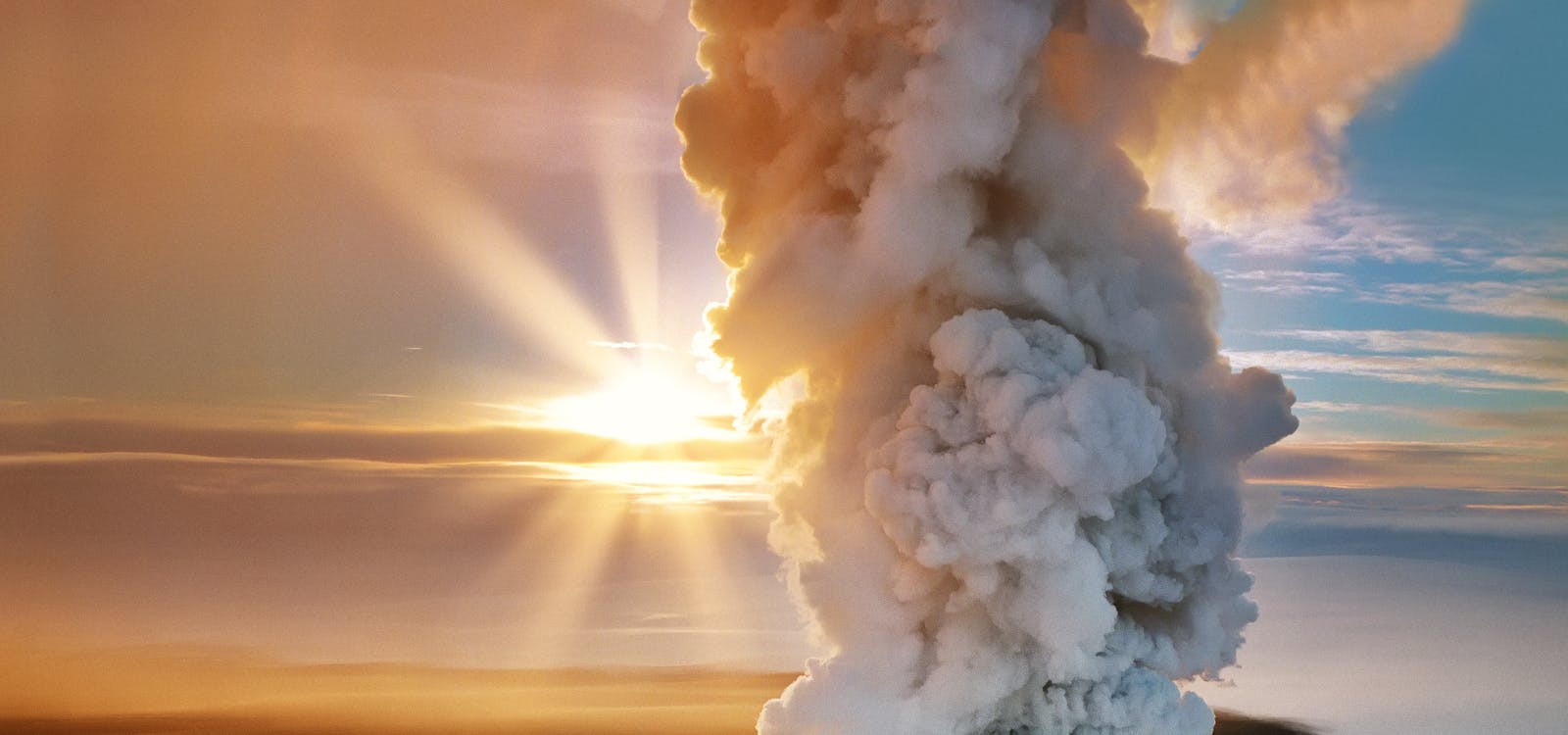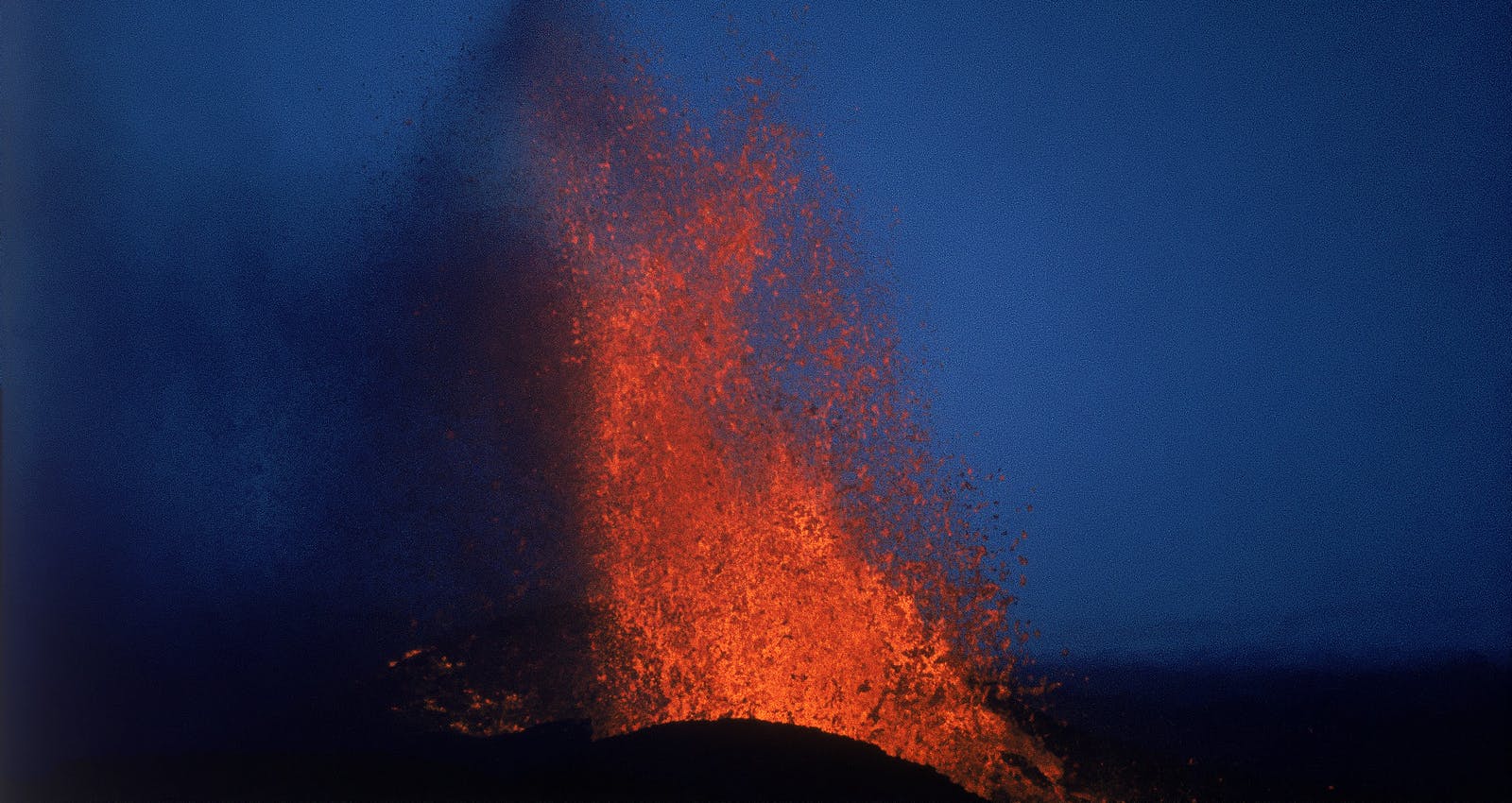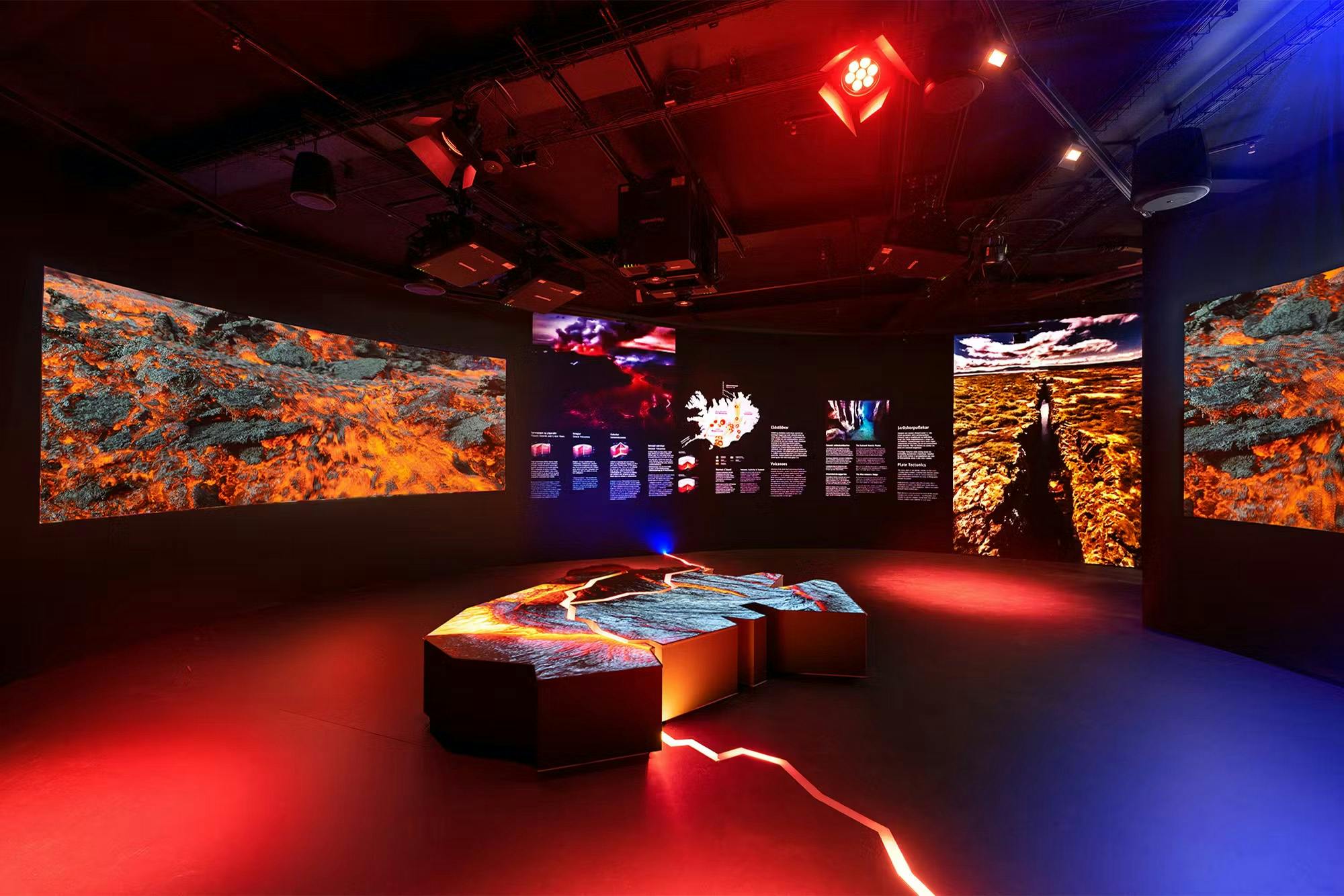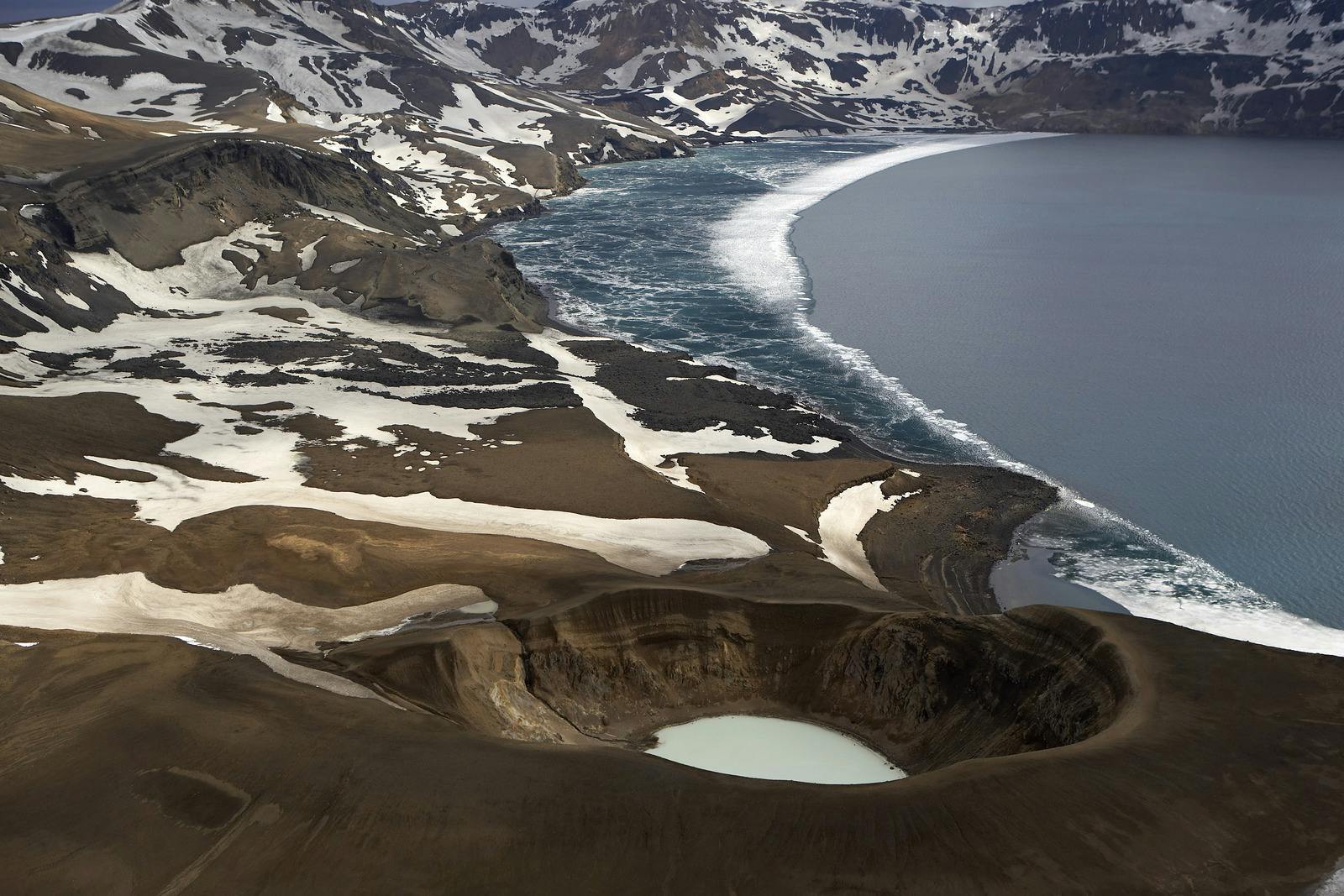
When will Askja Erupt?
Askja is a caldera in the remote, beautiful Dyngjufjöll Mountains. Askja, the mighty volcano that has been asleep for more than 60 years, is starting to awaken, with signs pointing to an imminent eruption.
Large volcanic craters, or calderas, are formed by collapsing land after a major volcanic eruption. At 1,519 metres, Askja emerges from the Ódáðahraun lava field, and the terrain is quite rocky.
Recent Developments around Askja Volcano
- March 2024: a seismic swarm was observed in Askja's northwest caldera, featuring around 30 earthquakes from 08:00 to midday UTC, including a notable M3.5 quake at 5 km depth and three others between M2 and M2.5, amidst smaller tremors.
- August 2023: The water in Víti (lake-filled crater next to Askja) has been rising with frequent small earthquakes in the area.
How Has the Area Around Askja Changed?
The land at and around Askja has risen 70 cm over the past two years, indicating that some 20 million cubic metres of magma are collecting under the volcano’s surface. Furthermore, changes in the geothermal area inside the caldera have been recorded. In 2014, a huge landslide occurred there when millions of cubic metres of rock tumbled into the lake, generating a large tsunami.
Where is Askja Located?
Askja is located in the Icelandic highlands, the interior of Iceland. It takes excellent planning and an F-Road-approved vehicle to access the area. If you plan to hike in the highlands, ensure you have the appropriate clothing, sturdy footwear, food and water, and a charged mobile phone. Always check the weather and road conditions before heading out on any hike.
When Has Askja Erupted Throughout History?

Askja’s last eruption was in 1961, and between 1920 and 1930, several small eruptions occurred. Before that, a major eruption took place in 1875, when a devastating explosion and heavy ash fall had dire consequences in east Iceland. The ashfall was heavy enough to damage the land and kill livestock, and ash from the eruption drifted to Sweden, Norway, Germany and Poland. Around 10.000 years ago, just after the end of the Ice Age, Askja had a similar powerful explosive eruption along with heavy ash fall. Learn more about the eruptions of Askja volcano.
Iceland is one of the most volcanically active regions in the world — if you’re curious which ones are still rumbling, explore the active volcanoes in Iceland.
Where Can You Learn About Volcanoes in Iceland?

Perlan’s Forces of Nature exhibition allows guests to feel the power of volcanoes, earthquakes, and geothermal energy that powers the island. Guests will learn that volcanoes form when heat and pressure build up beneath the earth’s surface. The earth’s weak points tend to be along fault lines where tectonic plates converge or diverge, as in Iceland’s case.
Perlan’s exhibition shows that volcanic activity in Iceland is so diverse that researchers typically speak of “volcanic systems” rather than individual volcanoes. The island has 30 active volcanic systems, each with many types of volcanoes.
FAQ

What would happen if Askja erupts?
The result of an eruption would depend on its size. There would likely be earthquakes before the eruption, and warnings would be issued by authorities. Tours to the region would be cancelled, and roads to the area would be closed if warranted. Geologists are constantly monitoring the volcanoes on the island, and procedures are in place to keep people safe in the event of an eruption.
Is it safe to visit an eruption site?
There are several factors to consider before visiting an erupting volcano. When a volcano erupts, visibility can be low, and dangerous gas levels can shift quickly and be harmful. Make sure you check www.safetravel.is for the latest updates on safety conditions. The authorities can always close access to the hiking trail if gas levels reach a dangerous level or if weather conditions are poor.
What type of eruption does Askja produce?
The last eruption in Askja, in October 1961, was effusive with considerable lava flow but limited ash fall, as most of the eruptions that have occurred at this volcano. Twenty days before, a significant increase in geothermal activity was observed, and increased seismicity was reported in the area. New solfataras were observed in the area which had not been active before.







